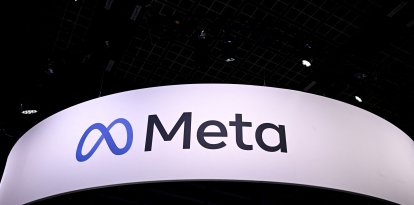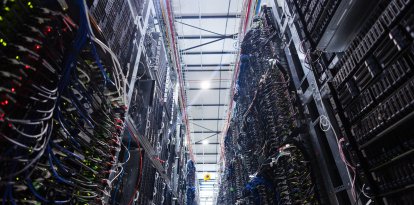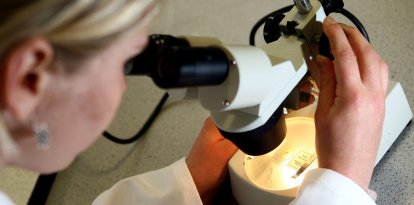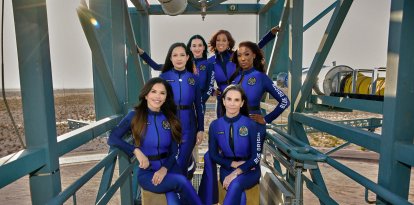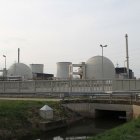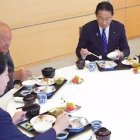Japan: A robot begins test to remove radioactive waste from Fukushima
The "pilot extraction operation" will be carried out with the aim of analyzing the situation inside the damaged reactors dismantling the Fukushima Daiichi power plant, where about 880 tons of radioactive material are located.

TEPCO workers check on the extendable robot, called "Telesco"
An extendable robot began a complicated test Tuesday through which it hopes to remove a small amount of radioactive waste from the Fukushima nuclear power plant, the Japanese plant that ended up devastated after an earthquake and tsunami struck in 2011.
Known as the "pilot extraction operation," this test was scheduled to begin last August but had to be postponed until now due to technical problems and is expected to drag on for the next two weeks, the Tokyo Electric Power Company (TEPCO) assured.
The small sample that can be extracted will be analyzed to assess the situation inside the damaged reactors, a key step in the decommissioning of the Fukushima Daiichi power plant.
The plant ended up destroyed on March 11, 2011 by a magnitude 9 earthquake that triggered a tsunami, creating one of the worst nuclear accidents in history.
About 880 tons of dangerous radioactive material are located inside the nuclear power plant.
According to authorities, removing this waste is the main challenge they face in order to decommission Fukushima Daiichi, a project that will last for decades and which TEPCO had planned to launch on Aug. 22.
At that time, AFP recalls, the goal was to extract 3 grams of the radioactive material for analysis, but they had to postpone the test after experts detected a problem in the installation of the equipment needed to carry out the procedure.
Three of Fukushima's six reactors were operational at the time of the tsunami, which destroyed their cooling systems and caused them to melt down.
The fuel and other molten material in those three units solidified and generated such highly radioactive waste that TEPCO had to develop special robots, which they nicknamed "Telescos," that can operate in those conditions without suffering any damage.
Nearly a year ago, TEPCO began discharging the water accumulated inside the plant into the Pacific Ocean after treatment to remove almost all radioactive substances.
That measure provoked a diplomatic conflict between China and Russia. The situation reached such a level that the Russian government banned the import of marine products from Japan because of fears that it was harmful to health.
Tokyo defended that the process is safe, going so far as to show Prime Minister Fumio Kishida eating fish from the area as proof.
Initial efforts were a success. Some time later, the U.N. atomic energy agency backed Japan, thus giving approval to continue with the tests.
RECOMMENDATION


